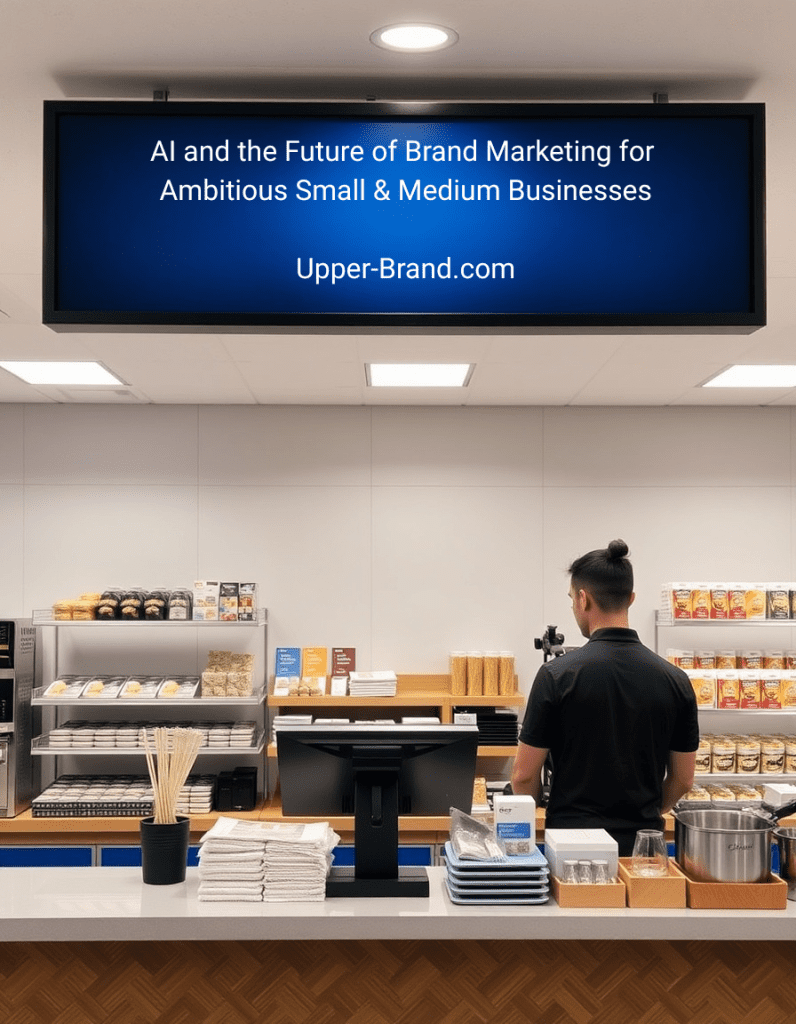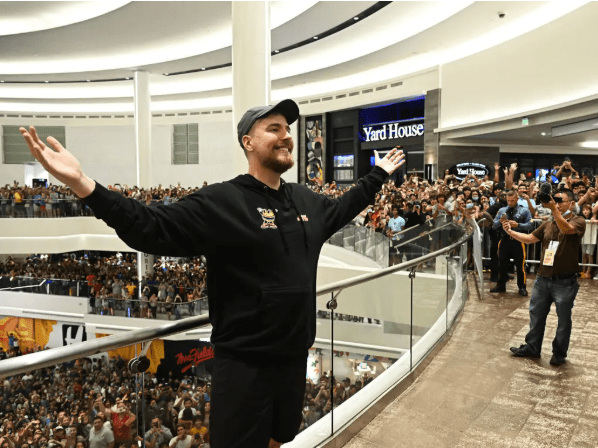AI Enhanced Creativity Is Elevating the Digital Experience

A New Canvas for Modern Storytelling
Digital audiences have shifted from passive viewers into active participants. They expect every swipe, scroll, and click to feel tailored, beautiful, and purposeful. Visionary marketers now treat artificial intelligence as a creative co-author. The result is not simply faster production; it is a richer, more elegant brand narrative that unfolds seamlessly across channels and devices.
Beyond Efficiency: The Promise of Augmented Imagination
Early conversations about AI in marketing focused on automation and cost control. Today the dialogue has expanded. Leading brands recognise AI as a catalyst that pushes the boundaries of creativity. By blending algorithmic insight with human intuition, companies craft immersive stories, dynamic visuals, and hyper-personalised journeys that resonate on both emotional and commercial levels.
Key Shifts Powering the Movement
- Generative Intelligence Matures
Language models now deliver near editorial fluency, while diffusion techniques produce high-resolution imagery from abstract prompts. Creative teams use this capability to prototype bold ideas that once required weeks of design iterations. - Data-Rich Consumer Insights
Behavioural analytics, sentiment tracking, and zero-party data feed algorithms with contextual awareness. AI predicts which tones, colours, and messages will inspire curiosity or trust within micro-segments, empowering marketers to refine creative direction in real time. - Low-Code Creative Platforms
User-friendly interfaces place advanced AI features in the hands of strategists, brand managers, and even C-suite leaders. When stakeholders can instantly generate a concept mock-up, collaboration becomes fluid and decision cycles shorten dramatically. - Cloud-Native Collaboration
Integrated content hubs allow copywriters, designers, and developers to co-create in the same workspace. AI suggests contextual edits, flags brand-voice departures, and optimises metadata for search visibility as work progresses.
From Automation to Artistry: How Leading Brands Use AI
| Brand Persona | AI Application | Impact Highlight |
| Luxury skincare label | AI generated product storytelling paired with 3D visuals | Dwell time on e-commerce pages rose by forty eight percent |
| Boutique travel platform | Adaptive landing pages that update imagery and copy based on visitor location | Conversion rate for first-time visitors increased by twenty two percent |
| Sustainable fashion house | Predictive colour-trend models informing seasonal lookbooks | Sample production costs dropped thirty percent while trend windows were met early |
| Fintech startup | AI powered explainer videos with automated voiceovers and dynamic captions | Content production cycle fell from three weeks to four days, allowing faster campaign launches |
The common thread is clear. AI is no longer merely executing tasks; it is co-creating experiences that align perfectly with brand essence while satisfying the immediacy modern consumers expect.
Designing the AI Infused Creative Workflow
- Inspire With Strategic Prompts
Begin each project by feeding the model audience personas, mood boards, and cultural references. Rich prompts spark fresher, more aligned outputs. - Iterate Rapidly, Curate Deliberately
Generate multiple variations, then let human editors curate for nuance, authenticity, and emotional resonance. The value lies in selection, not in sheer volume. - Embed Brand-Voice Protocols
Store approved language patterns, tone guidelines, and prohibited phrases in the AI system. This safeguard keeps every draft consistent, whether a long-form article or a short social caption. - Close the Feedback Loop With Analytics
Attach each piece of content to performance metrics such as click-through rate, scroll depth, and sentiment score. Feed these insights back into the model so future prompts and formats improve continuously. - Champion Cross-Functional Literacy
Encourage creatives to understand data principles and analysts to explore design thinking. When teams share an AI enhanced vocabulary, ideation accelerates.
Trend Spotting: What Is Next on the Horizon?
Multisensory Storycrafting
AI generated audio beds, haptic cues, and adaptive colour palettes will soon synchronise with viewer context, transforming a simple product page into an orchestrated sensory experience.
Real Time Ethical Guidelines
Built-in compliance modules will evaluate inclusivity, accessibility, and environmental claims before content reaches a public feed. Purpose driven brands will adopt these tools early to strengthen consumer trust.
Generative Brand Worlds
Progress in procedural 3D and spatial computing will enable brands to build immersive micro-universes, including virtual pop-up stores, interactive runways, and data driven art installations. Each visitor’s pathway will be personalised by AI on the fly.
Predictive Mood Boards
Design teams will turn to dashboards that forecast visual trends six to twelve months ahead by analysing global street style, social chatter, and cultural events. The creative calendar will shift from reactive to anticipatory, granting first mover advantage.
Measuring Value: Metrics That Matter in the AI Era
| Objective | Traditional KPI | AI Augmented KPI Upgrade |
| Awareness | Impressions | Attention Minutes, combining engagement time across touchpoints |
| Consideration | Click-Through Rate | Emotion Driven Interaction Score, which weighs reaction types against passive views |
| Conversion | Add to Cart or Form Fill | Predictive Lifetime Value per Segment |
| Loyalty | Repeat Purchase Rate | Adaptive Content Success Index, tracking personalised content triggers over time |
By elevating measurement frameworks, marketers can link performance gains directly to AI driven creative variables, satisfying both visionary thinkers and ROI focused executives.
Building a Future Ready Creative Ecosystem
- Audit Capabilities and Gaps
Map current content types against skills and AI tools. Identify where machine assistance can remove bottlenecks or inspire new formats. - Invest in Flexible Architecture
Select platforms with open APIs so text, image, and data models can integrate as they evolve. Avoid vendor lock-in that restricts experimentation. - Prioritise Data Stewardship
Ethical data sourcing and transparent usage policies protect brand equity and support long-term regulatory compliance. - Cultivate a Culture of Exploration
Allocate budget and calendar space for quarterly AI sprints where teams prototype boundary-pushing ideas without immediate commercial pressure. Breakthroughs often emerge in these sandbox sessions.
Conclusion: Crafting the Next Chapter of Digital Elegance
Artificial intelligence is redefining how brands create, connect, and convert in an increasingly crowded landscape. Companies that pair visionary ambition with disciplined experimentation are not just keeping pace; they are setting it. By weaving AI into the fabric of creative strategy, marketers deliver experiences that feel intuitively human yet unmistakably evolved. Elegance becomes measurable, relevance becomes immediate, and innovation becomes the baseline expectation. The canvas is vast, the tools are powerful, and the horizon belongs to those bold enough to paint with algorithms and imagination in equal measure.










